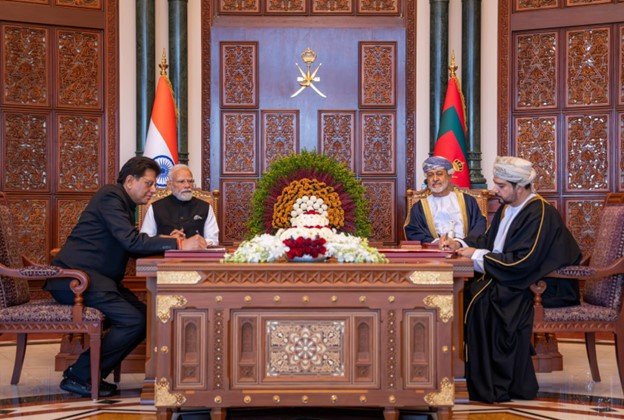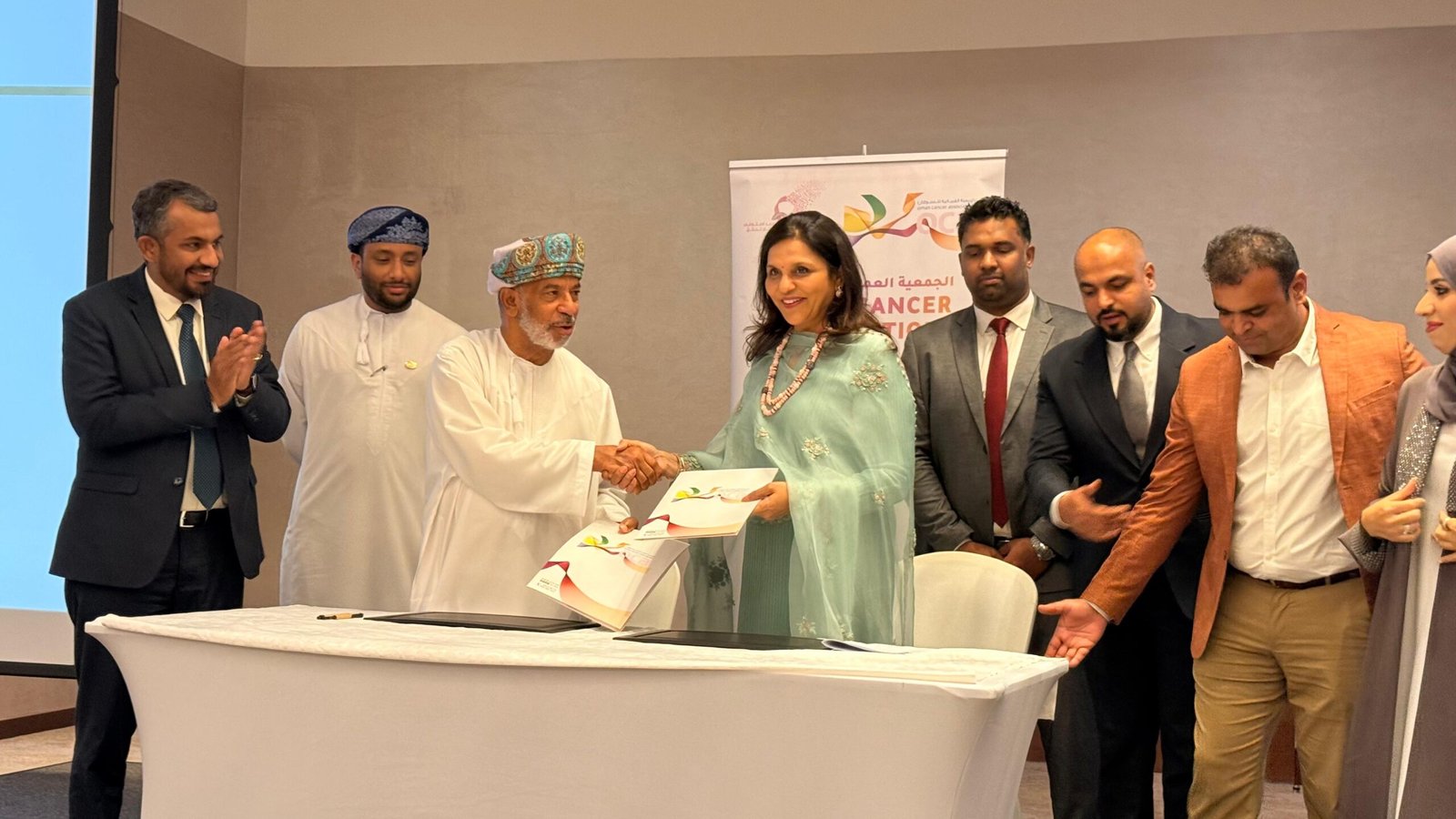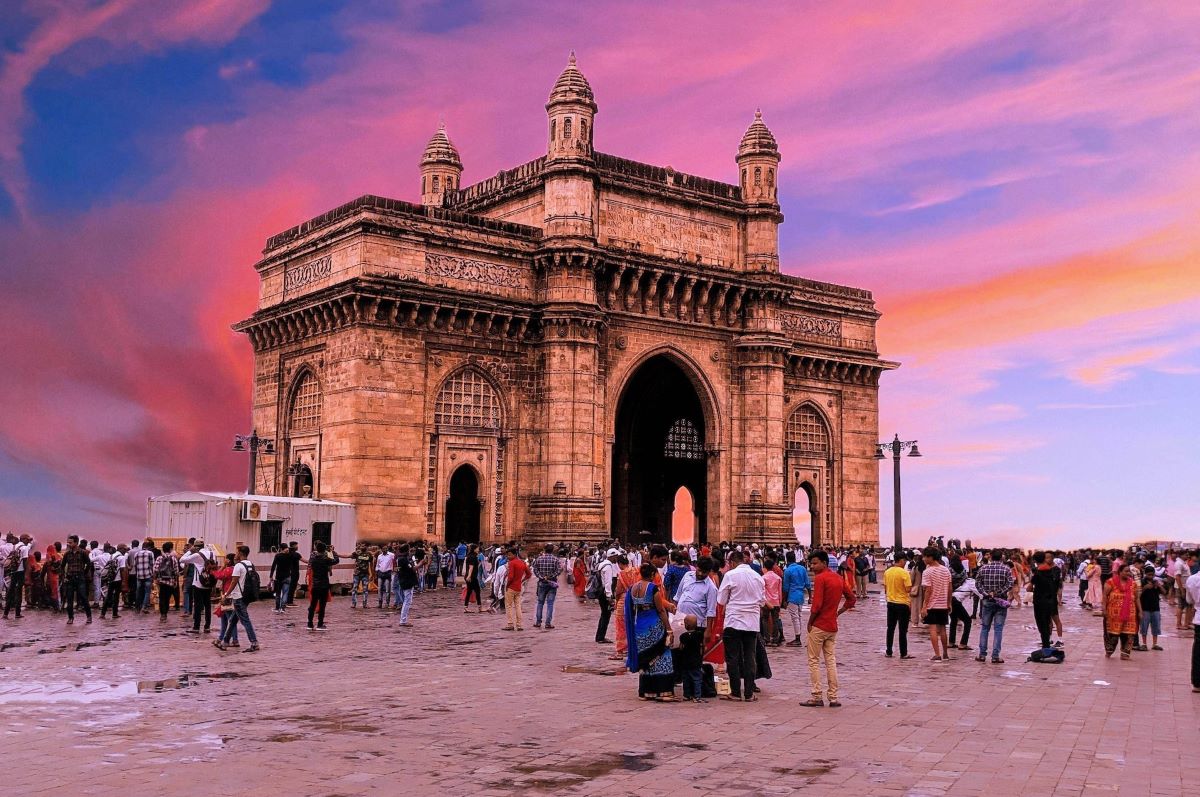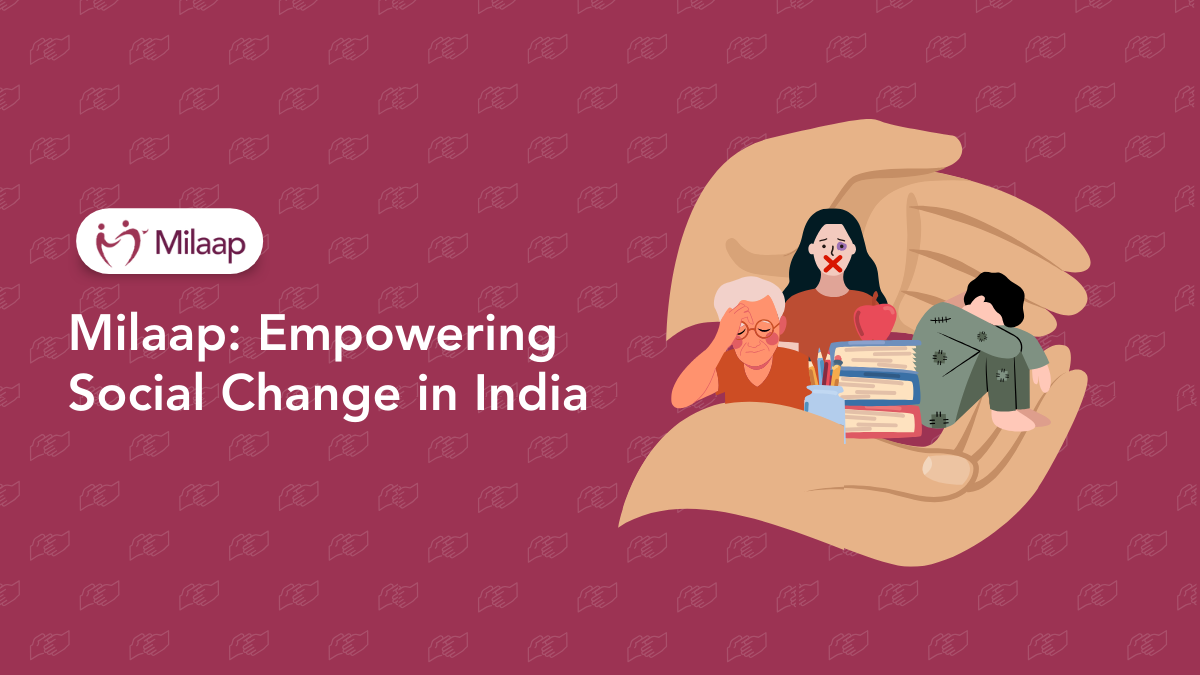-
Suren’s post has served as a stark reminder of the challenges that Indian professionals face in their pursuit of the American Dream
-
For many, the journey is long, uncertain, and fraught with obstacles that make the dream increasingly difficult to achieve
An Indian-American software developer based in Texas, Suren, has sparked widespread debate with his stark warning to students and job seekers considering the United States. He claims that the “American Dream” may be more of a mirage, particularly for those hoping to secure a green card. According to Suren, the wait time for a green card can extend up to 100 years, making it an elusive goal for many.
Suren’s message to potential students is clear: reconsider your plans to study in the U.S. In one of his viral posts, he cautioned, “Don’t come to the USA for studies. Once your studies are over, chasing an H-1B visa becomes your full-time job.” This statement underscores the intense competition and uncertainty surrounding the H-1B visa process, which many foreign students must navigate post-graduation.
But securing an H-1B visa is just the beginning. Suren highlighted the daunting challenge of obtaining a green card, particularly for Indian nationals, due to the overwhelming demand. “The wait time for a green card is 100 years if you’re born in India. It’s a never-ending nightmare,” he lamented, painting a bleak picture for those hoping to settle permanently in the U.S.
Suren’s warnings were triggered by a promotional post from U.S. Ambassador Eric Garcetti, who was encouraging participation in Education USA Fairs across India. These fairs aim to attract Indian students to U.S. universities, presenting them with opportunities to interact with representatives from over 80 institutions. However, Suren was quick to counter the ambassador’s optimistic portrayal, accusing U.S. officials of misleading prospective students about the realities of the immigration process.
“Please don’t come to the USA. These are lies. Don’t believe me? Talk to anyone who came here to study in the last decade,” Suren urged, challenging U.S. immigration authorities to update outdated visa policies that he claims are stuck in the 1950s.
Suren’s post quickly gained traction, resonating with many who have faced similar struggles within the U.S. immigration system. The comments on social media echoed his concerns, with many users expressing their frustration and disbelief at the protracted green card process.
One user shared a personal experience, saying, “Yes. True. One day I asked my coworker when you are becoming a citizen in the USA, who is on H-1B visa. I was shocked to know it is a 100-year waiting list.” Another user, Satya, suggested that working in India might be a better option for today’s youth, highlighting the challenges and uncertainties of the U.S. immigration system.
-
In 2022, the U.S. had 12.9 million green card holders, with 9.2 million eligible for citizenship
-
The backlog of applicants continues to grow, particularly among Indian nationals, who make up a significant portion of the employment-based green card queue
Ajay Sharma, an immigration consultant and founder of Abhinav Immigration Services, explained that obtaining a green card and becoming a permanent resident in the U.S. is a privilege, not a right. The U.S. government sets annual limits on green cards, which are governed by strict quotas. For employment-based green cards, only 140,000 are available each year, and the demand far exceeds this supply, leading to wait times that can extend for decades.
Sharma also pointed out that the green card application process is fraught with additional hurdles. It requires the support of the applicant’s employer, who must first attempt to hire a U.S. citizen or current green card holder before sponsoring an H-1B visa holder. The process is further complicated by changing rules regarding spousal work permits and the status of dependents, adding to the uncertainty for many families.
The scale of the problem is staggering. As of February 2024, there were 34.7 million people waiting for a green card, with only 675,000 green cards available annually across all categories. For those in the employment-based category, the situation is even more dire. Despite the high demand for skilled professionals in fields like technology, medicine, and academia, Indian immigrants face some of the longest wait times due to per-country caps.
In 2022, the U.S. had 12.9 million green card holders, with 9.2 million eligible for citizenship. The backlog of applicants continues to grow, particularly among Indian nationals, who make up a significant portion of the employment-based green card queue. A study by the National Foundation for American Policy (NFAP) using USCIS data reveals that over 1.2 million Indians are waiting in the top three employment-based green card categories, with some potentially facing wait times stretching into centuries without legislative reform.
***********************************************************
Readers
These are extraordinary times. All of us have to rely on high-impact, trustworthy journalism. And this is especially true of the Indian Diaspora. Members of the Indian community overseas cannot be fed with inaccurate news.
Pravasi Samwad is a venture that has no shareholders. It is the result of an impassioned initiative of a handful of Indian journalists spread around the world. We have taken a small step forward with the pledge to provide news with accuracy, free from political and commercial influence. Our aim is to keep you, our readers, informed about developments at ‘home’ and across the world that affect you.
Please help us to keep our journalism independent and free.
In these difficult times, running a news website requires finances. While every contribution, big or small, will make a difference, we request our readers to put us in touch with advertisers worldwide. It will be a great help.
For more information: pravasisamwad00@gmail.com








